
Program overview
Drawing courses are part of the foundation sequence for all art majors, providing a basis for creative visual strategies in all media.
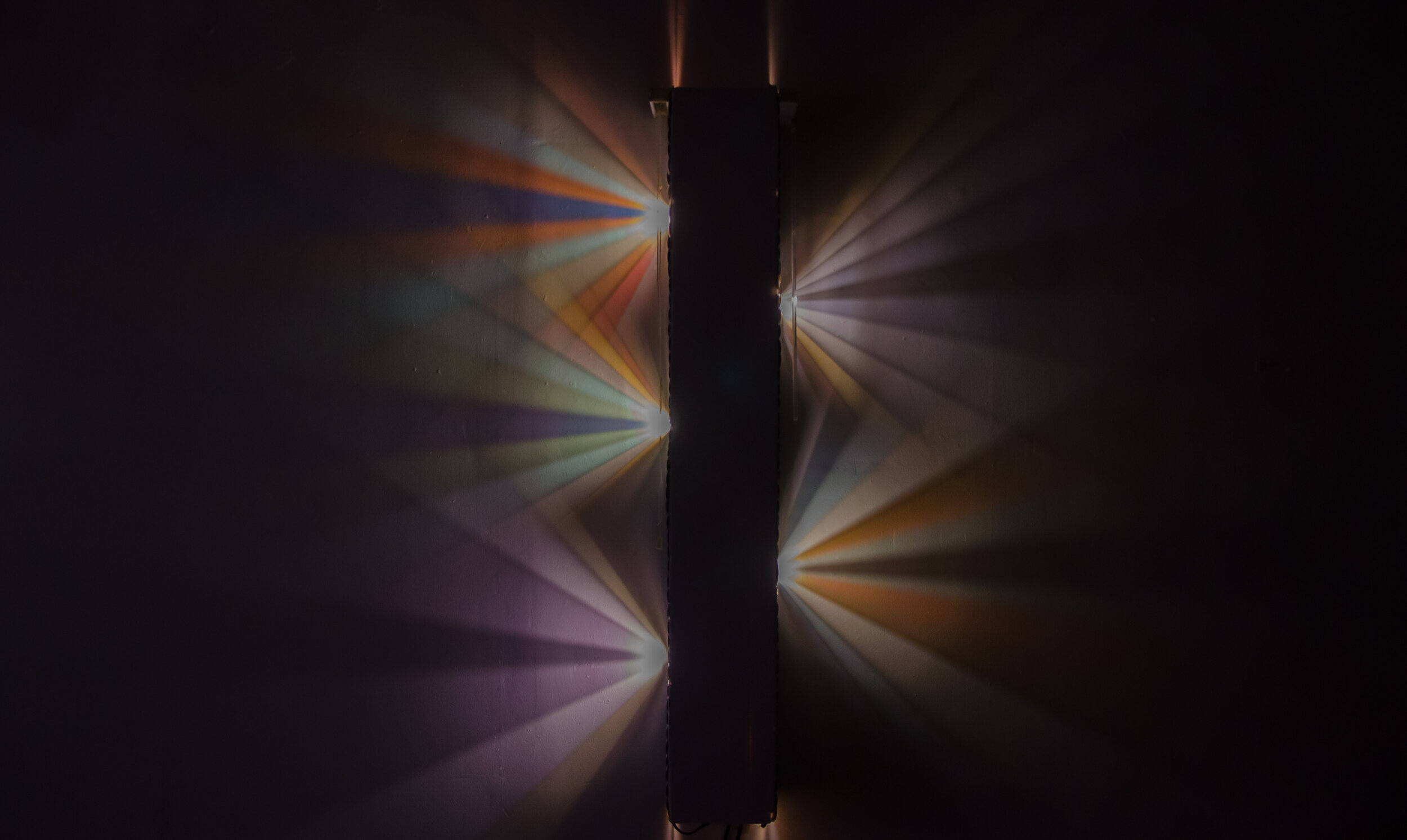
Degree programs
Bachelor of Fine Arts, Drawing Concentration
The B.F.A. Drawing program builds on a strong foundation in formal and perceptual training, followed by an intense exploration of the variety of contemporary drawing media and processes. Throughout the program emphasis is placed on developing a solid base of technical skill, while also cultivating creative problem solving skills.
Upper level drawing courses for B.F.A. students and Drawing majors foster the development of a personal vision and strong working habits by emphasizing the exploration of critical and conceptual approaches to drawing. Exposure to issues in contemporary drawing and interdisciplinary collaborative practices encourages students to become aware of the expansive nature of the field. Listed below are brief descriptions and examples of student work from each of the B.F.A. Drawing courses in our program.
Bachelor of Arts
The Bachelor of Arts degree with an emphasis in Drawing requires twelve credit hours of Drawing coursework. A faculty-supervised summary critique is required of each student graduating with an emphasis in Drawing before completion of the degree.
Learn more |
Philosophy
The core drawing activity of making and arranging marks is a foundational activity that guides, or can be thought of as an extension of, all artistic practices. With this in mind, drawing should be positioned as an expansive discipline that permeates and informs many modes of making.
-
Drawing is to be centered as a sensibility, not as a specific material or process. Drawing needn’t be an area focused on making artifacts we’d recognize and label as “drawings.” It is enough that Drawing addresses the “drawing-ness” within various forms of artmaking.
-
Perceptual acuity, material-sensitivity, dexterity, composition, mark-making, creativity, verbal ability and critical and analytical skills are core and translatable skills. An appropriate balance must be sought to avoid over-emphasizing only one skill type.
-
Working from direct perceptual experience is a proven method for learning to understand visual information and intentionally arrange responsive marks to create specific effects (such as illusion).
-
A perceptual skill-set should be cultivated in concert with implicit challenges to material and process in order to think creatively and expansively about drawing’s potential.
-
Each artist should be encouraged to build on traditional skill-sets in order to locate their own mode for making that is in conversation with contemporary artistic practice. Success is diversity of approach across the student body. Students should receive exposure to multiple faculty viewpoints in order to arrive at their own considered conclusions about disagreements within the field.
-
There are countless “right-answers” for what a drawing can be. Drawing can exist in many modes: perceptual, invented, material-centered, analog, digital, technological, interventionist, 3-dimensional, dry, wet, and so on.
-
Drawing is positioned as an expansive mode including interdisciplinary investigation, ideation and experimentation.
-
Classroom investigations should be challenging and ambitious, requiring individual rigor, creative problem-solving and allow for a personalized solution. Students’ abilities to meet and overcome challenges should not be underestimated.
-
Ambitious artistic challenges must be met with clear guidance in order to allow all students to succeed. Each student should see objective improvements in their abilities along with a sense of pride regarding their growth and accomplishment. High expectations coupled with intense support yields high successes.
-
An energetic, supportive classroom is key to creating a resilient and collaborative community. Modeling respect, kindness, enthusiasm, and positivity is of the utmost importance.
-
Risks and failures are encouraged. Independent inquiry is the force that establishes a long-term self-sustaining disciplined practice.
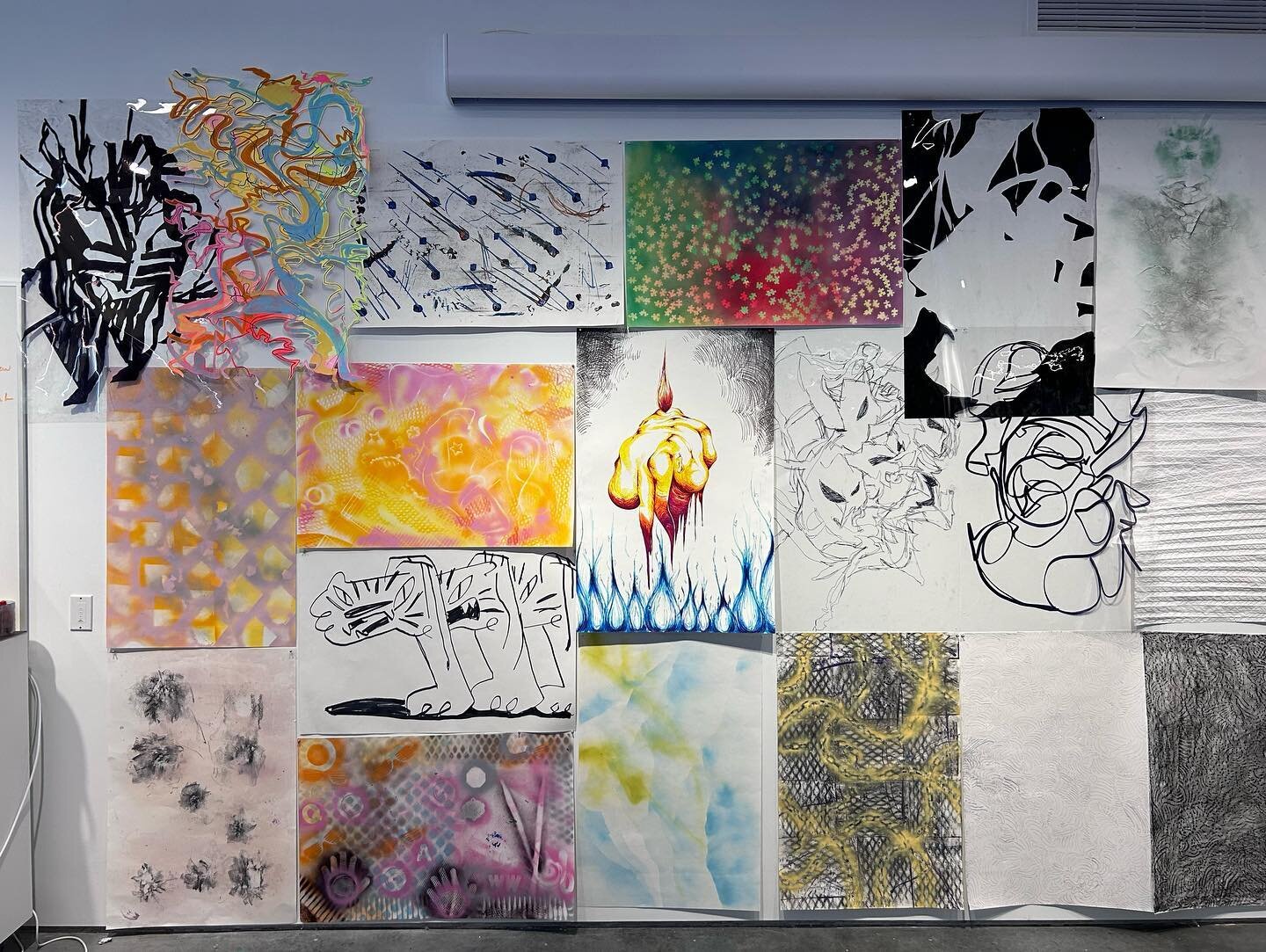
Courses

This course explores the language of drawing and its creative application. Students will be introduced to a range of drawing materials and methodologies which include skills for translating with accuracy and producing expressive effects. Each student will be challenged to explore how their own personal approach to materials and methods can be creatively applied to various drawing problems. For each major project, traditional materials and methods will be complemented with implicit challenges to think expansively about drawing’s potential. Investigations are positioned to enable each individual to learn to see with acuity and develop fine motor skills in order to create meaningful and accomplished drawings in different forms.
|
|
|
|

This course investigates drawing strategies for constructing images from the starting point of imagination and invention as a means to create a body of personalized work. Approaches such as invention and sourced imagery are delivered as a means for generating abstract and representational imagery. A wide range of drawing media and approaches will be explored, including collage and color, along with the use of digital tools as a means for translation, organization and experimentation. Special emphasis will be placed on research and methodologies for sourcing and interpreting images. The course delivers multiple strategies for developing an individualized studio practice and opportunities to create a series of personalized works.
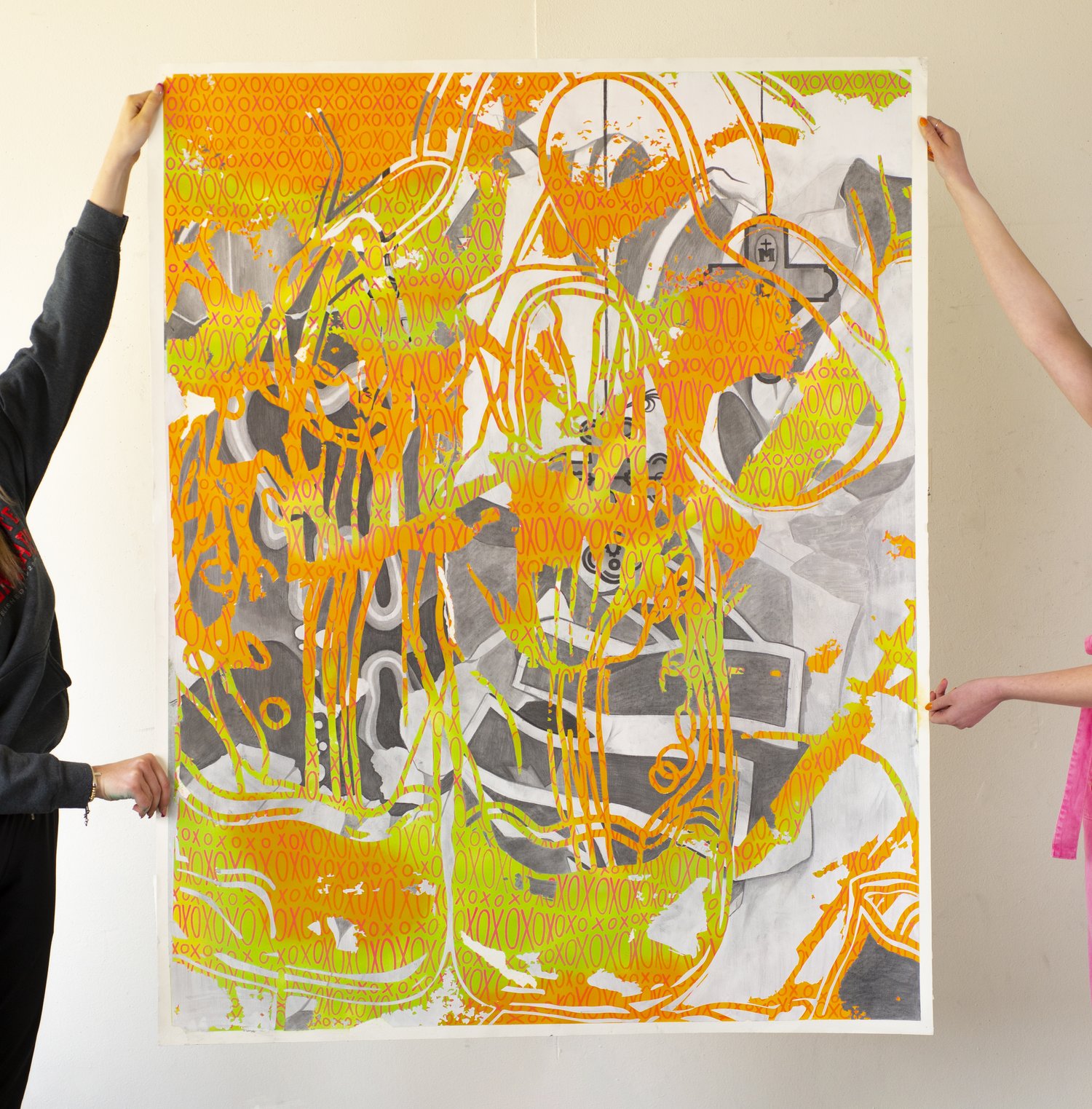 |
 |
 |

This course investigates drawing strategies for generating images derived from direct perceptual experience in order to create a body of personalized work. Projects utilize perceptual experience as a departure point for creating both abstract and representational images. Investigations explore on-site location drawing, self-designed environments in the studio, and the use of color. Special emphasis will be placed on the particular qualities, advantages and challenges associated with direct experience and how that may influence artistic approach, methodologies and content. The course includes identifying and cultivating qualities that are unique to each individual while learning strategies for creating a series of personalized works that challenge subject, material and process.
 |
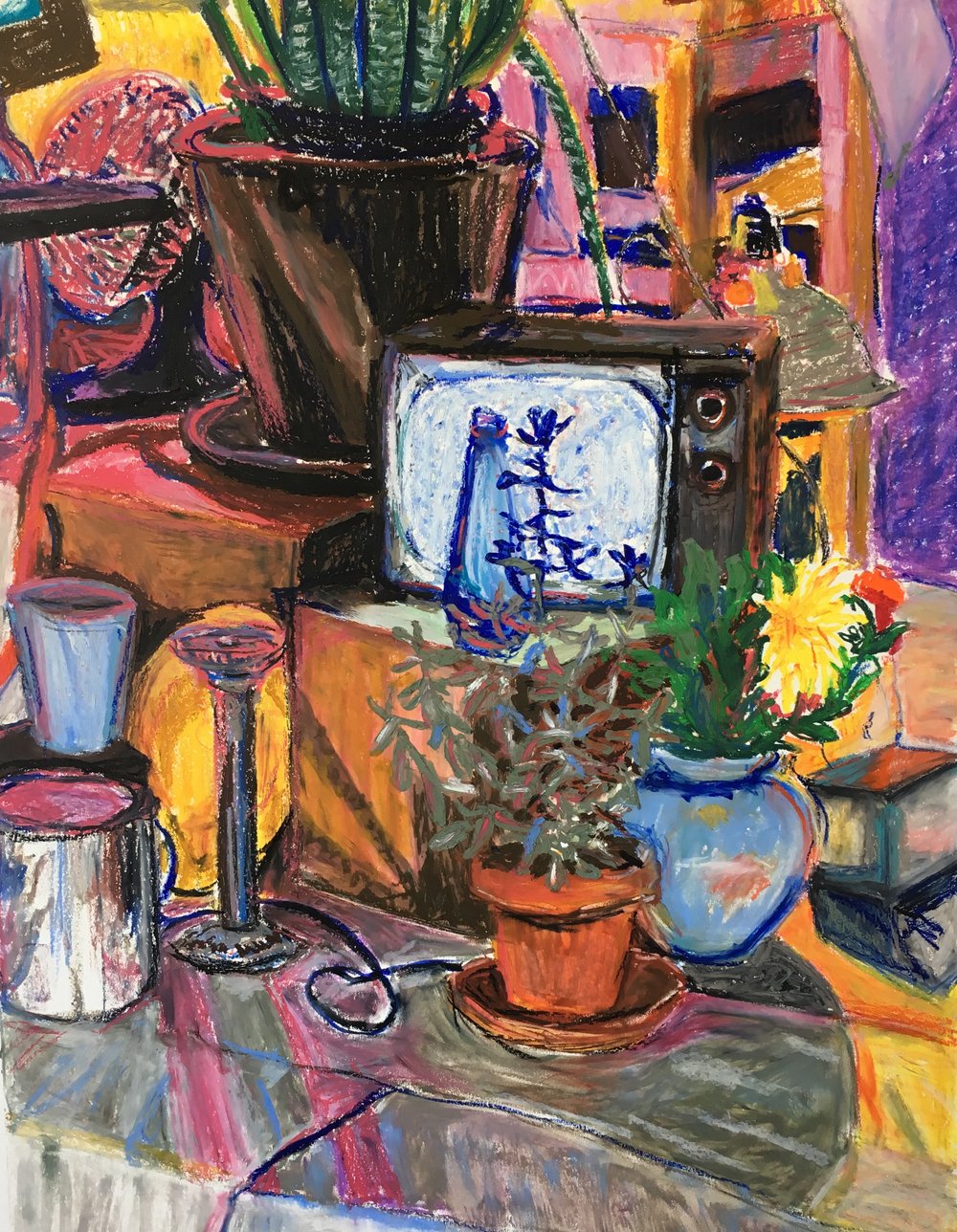 |
 |
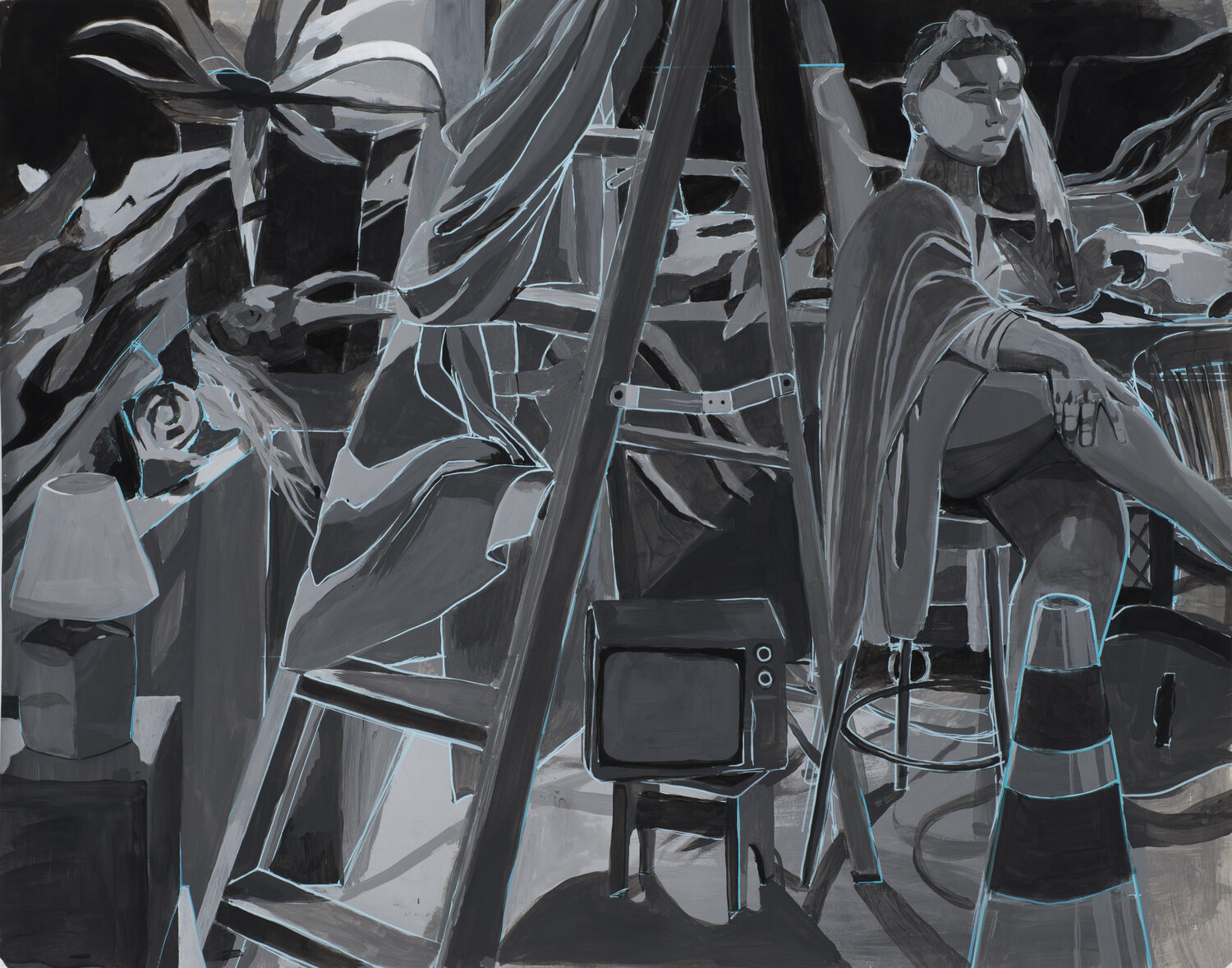
Investigation of the human form through drawing, with special emphasis on gestural modes of working. Careful analysis of human anatomy, including internal and externally visible structures, position and movement of joints, as well as proportion and their variations among different models.
 |
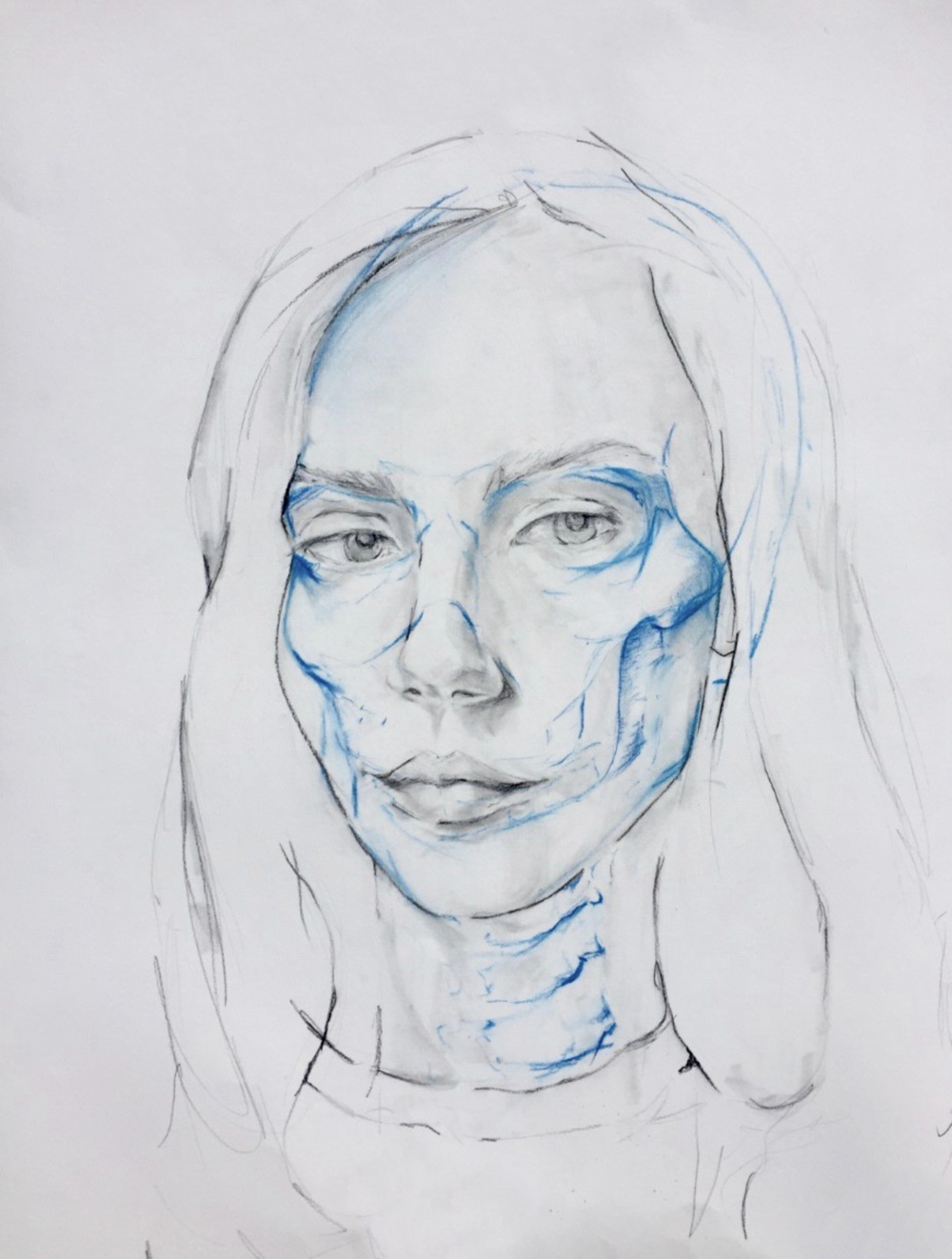 |
 |

This course will challenge students to learn to speak with pictures—to develop their command of visual language in order to make images that carry specific, unambiguous meanings. Students will cultivate an intuition for various audiences, and learn to read their work from their viewers’ perspectives rather than their own. They will learn to navigate recognizable cultural symbols and situations, juxtaposing and recombining them; sometimes avoiding clichés, sometimes instead using them to advantage. Projects will explore various modes of visual communication and relationships to texts, including narrative, editorial and sequential illustrations.
 |
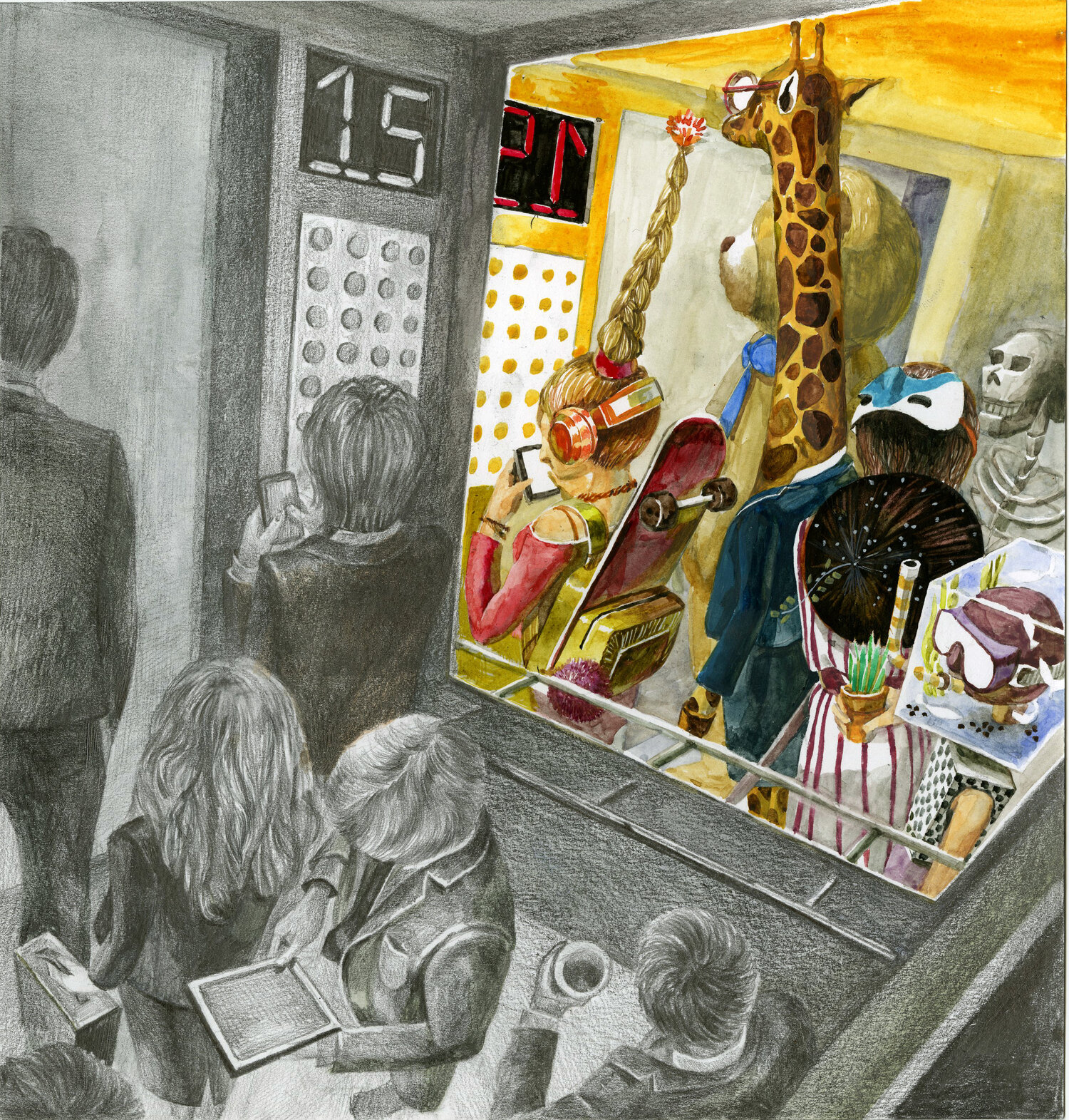 |
 |

This course is designed to provoke a close examination of the discipline of drawing. We will carefully consider drawing as a practice—what it’s useful for, what it means, and how it exists in relation to other artistic disciplines. We will question our default ideas and assumptions in order to expand our understanding of the potential for drawing as a means of making art. Along the way, we will consider practical issues of creativity—how to generate ideas with artistic potential, how to select and refine the ones with the greatest promise, and how to develop the promise of a single idea by developing a series of works. The first half of this course will consist of a series of assignments, each addressed to question an essential aspect of drawing-ness. The second half of the course will be a sustained exploration by each student: a series invoked by one of the student’s solutions to a problem raised in the first half of the course.
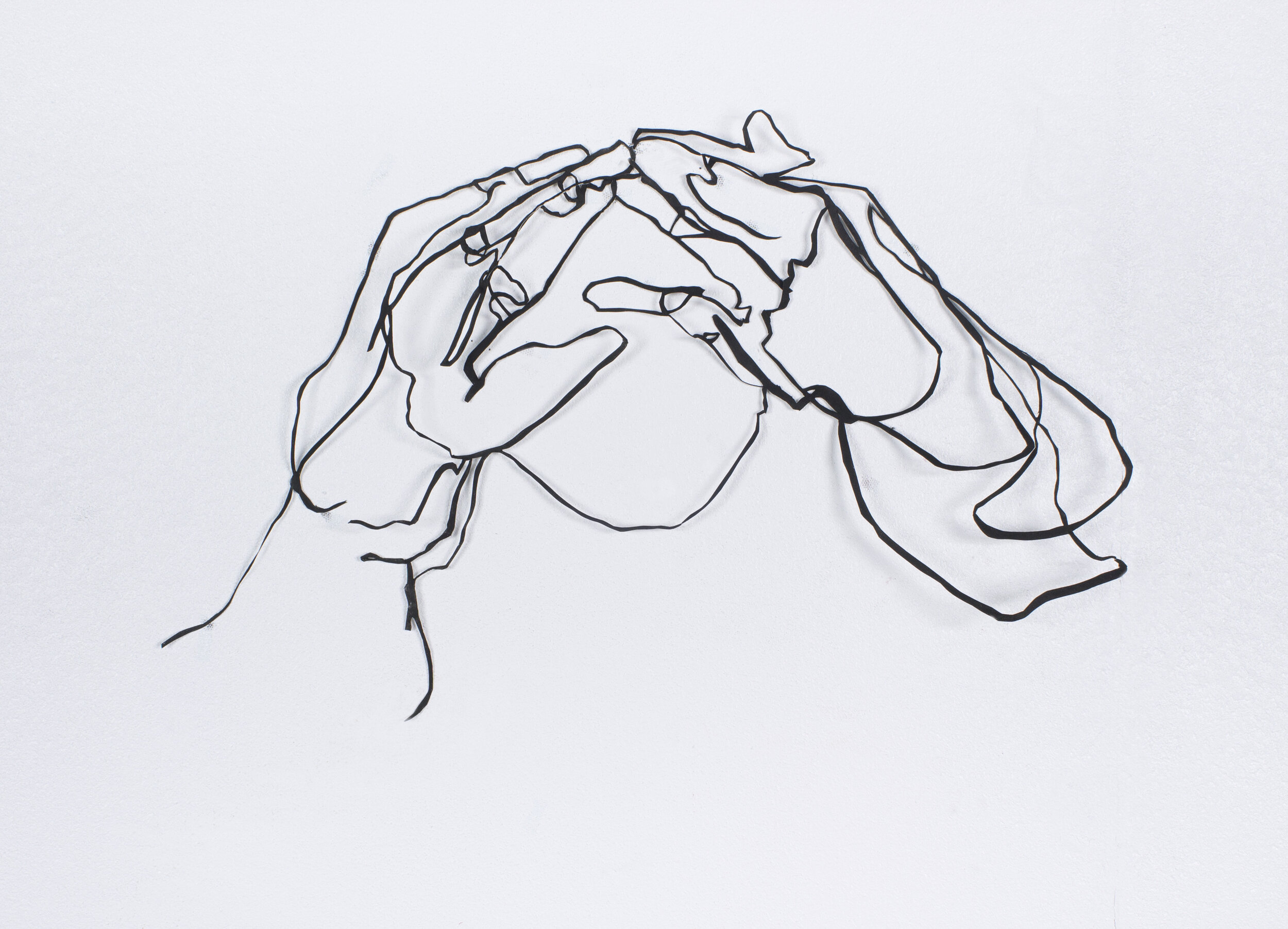 |
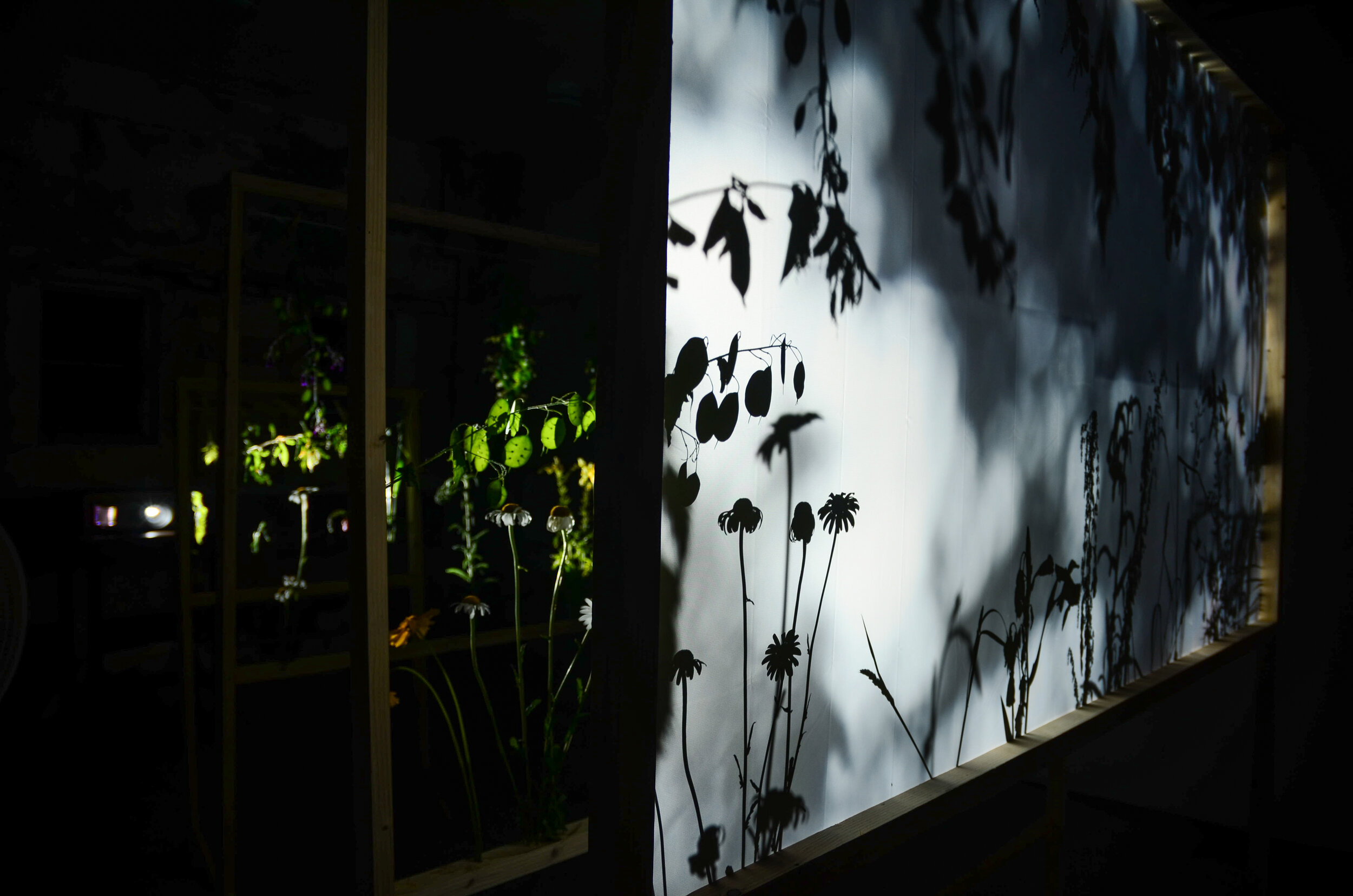 |
 |
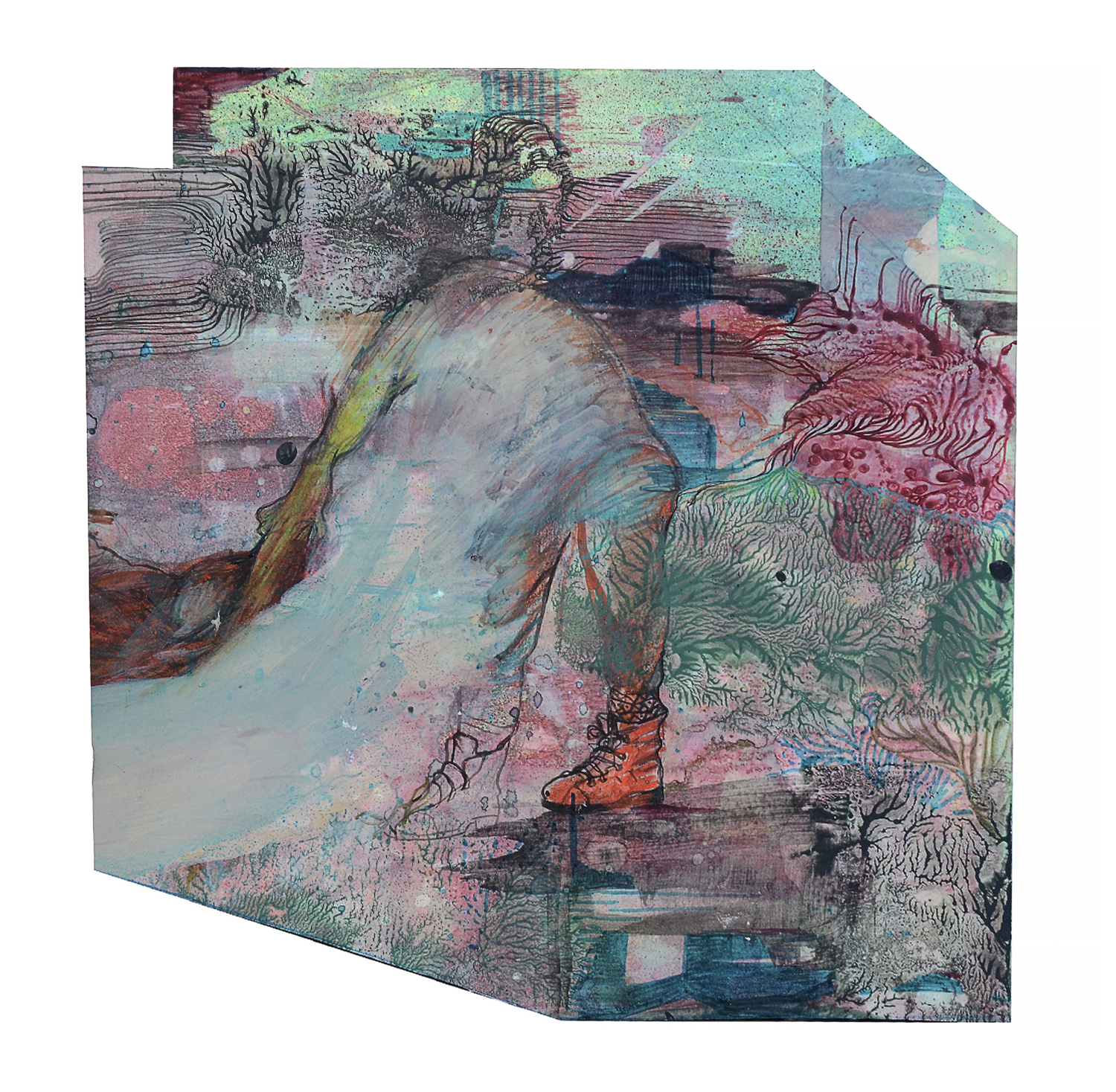
Individual studio projects in Drawing. Each student will propose a self-directed project to pursue over the course of the semester.
 |
 |
 |
Faculty
Each of our Drawing faculty teach foundational and advanced courses through our comprehensive curriculum. Students can pursue independent studies and set up regular studio visits with faculty, and in doing so foster individual growth, exploration, and refinement of techniques and concepts under personalized guidance. The broad range of research interests and artistic practices represented within the Drawing faculty offers a rich learning environment for students to glean from. While many of the faculty teach in both Painting and Drawing, we are committed to the unique possibilities of these mediums, and offer focused study in either Painting or Drawing at both the undergraduate and graduate levels.
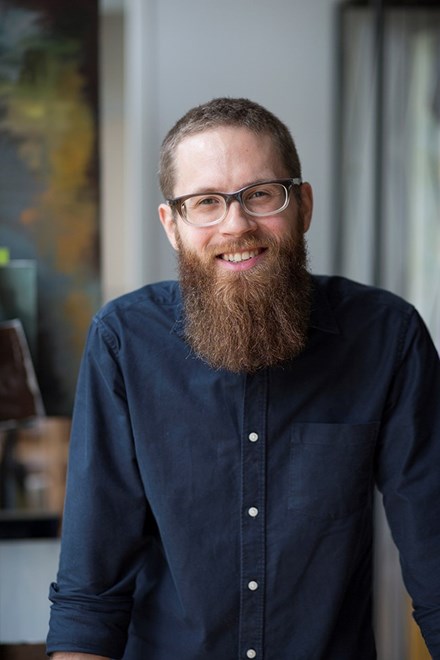
David Andree explores land as a subject of flux through painting, drawing, sculpture, and sound. A Minnesota native, David maintains tribal affiliation with the Red Lake Nation of Ojibwe. David holds a Master of Fine Arts from the State University of New York (SUNY), received his Bachelor of Fine Arts from the Minneapolis College of Art and Design (MCAD), and currently holds the position of Assistant Professor at the School of Art in Fayetteville, AR where he resides in the Ozarks.
He has had work exhibited at the Shirley Fiterman Art Center, Gallery MC and BWAC Gallery in New York City, Rochester Contemporary Art Center, Hallwalls, the Big Orbit Gallery, Exhibit-A and the Burchfield Nature and Art Center in upstate New York, The Masur Museum of Art (Monroe, LA), Plains Art Museum (Fargo, ND), Manifest Creative Research Gallery (Cincinnati, OH) in addition to numerous venues around Minneapolis, Minnesota including the Anderson Center, SooVac and the Rochester Art Center. His work has been included in publications from Friend of the Artist, Manifest Creative Research Gallery (USA), with published works from Sunshine LTD (USA), Dauw (Belgium), Eilean Rec. (France), Herhalen (Scotland) and Touched Music (UK).
David has been invited as Artist in Residence at the studios at MASSMoCA, Massachusetts Museum of Contemporary Art (North Adams, MA), Hambidge Center (Rabun Gap, GA), UCross Foundation (Ucross, WY), Wassaic Project (Wassaic, NY), Works on Water / Underwater New York (New York, NY), Grand Marais Art Colony (Grand Marais, MN), Anderson Center (Red Wing, MN), amongst others.
He is the recipient of a 2014 Artist Initiative Grant from the Minnesota State Arts Board, a Creative Climate Award from the Human Impacts Institute, a Juror Award from Ylinka Barotto, Assistant Curator, Guggenheim Museum, and his work is collected by Target Corporation, including private collections throughout Minneapolis, Chicago, New York, and the United Kingdom.
 |
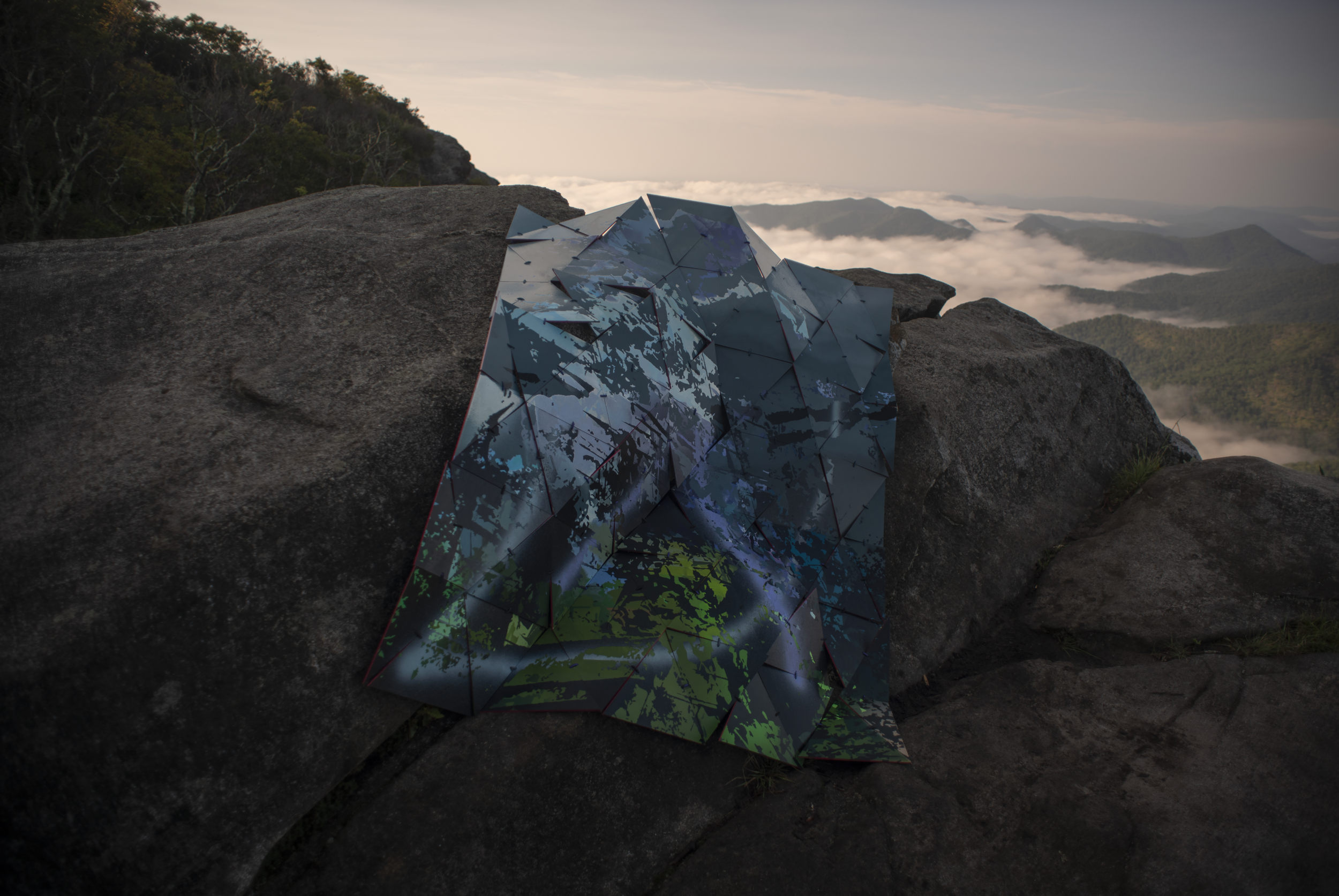 |
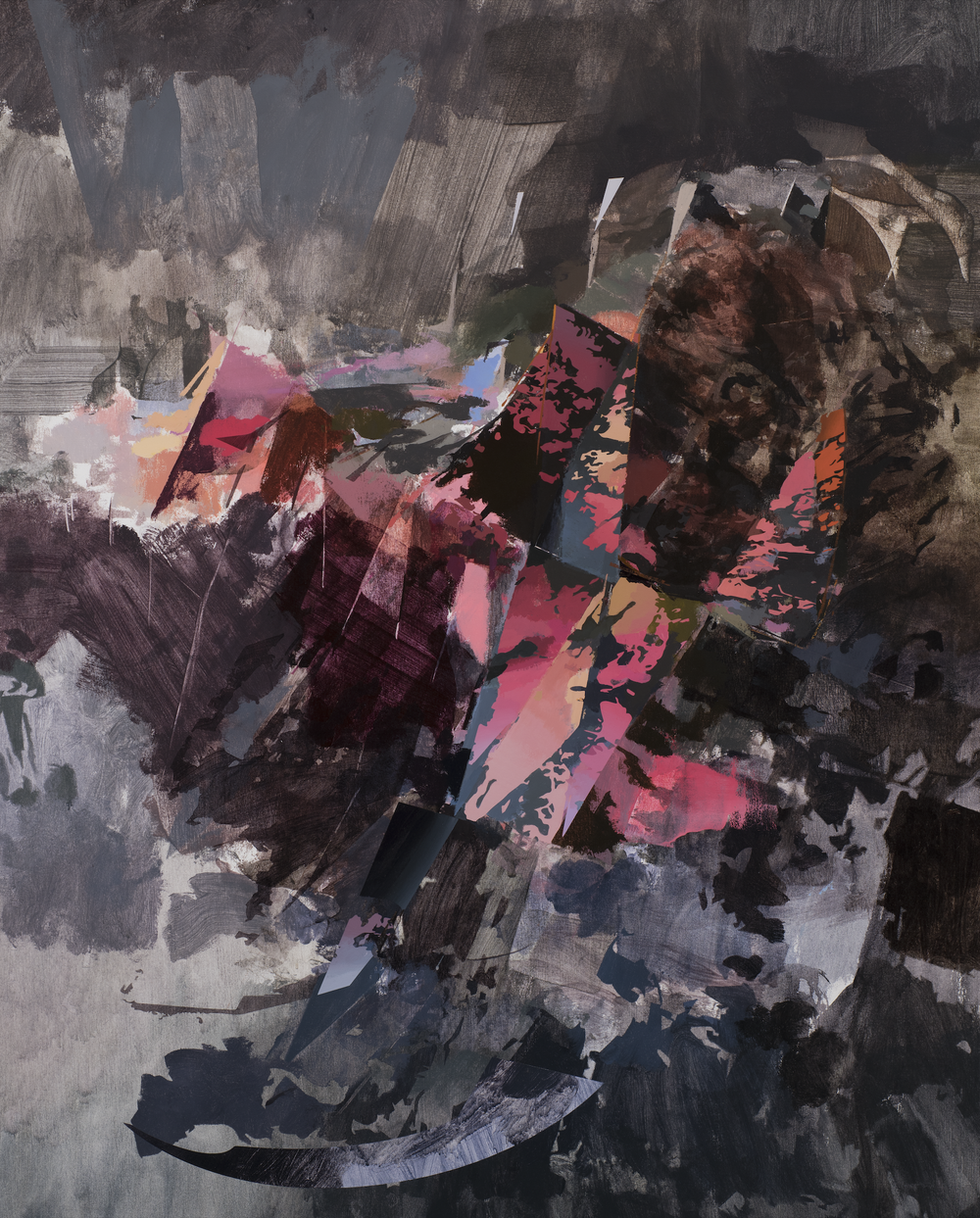 |

Kara Andree is an artist and educator engaged in exploring various forms of drawing and painting from the origin point of visually observed phenomena. Kara received her M.F.A. from the State University of New York at Buffalo (SUNY Buffalo), her B.F.A. from the Minneapolis College of Art and Design (MCAD), and currently teaches as an Instructor in foundations, drawing and painting at the School of Art in Fayetteville, AR. Her work has been exhibited at the Kathering E. Nash Gallery (Minneapolis, MN), Burnet Gallery (Minneapolis, MN), Hallwall’s Contemporary (Buffalo, NY), amongst others. She has presented her work and practice through various institutions including the Minnesota State High School League 4A Visual Arts Festival, Wisconsin Art Education Association Fall Conference, Minnesota Art Educators Conference, and the Crystal Bridges Museum of American Art (Bentonville, AR).
 |
 |
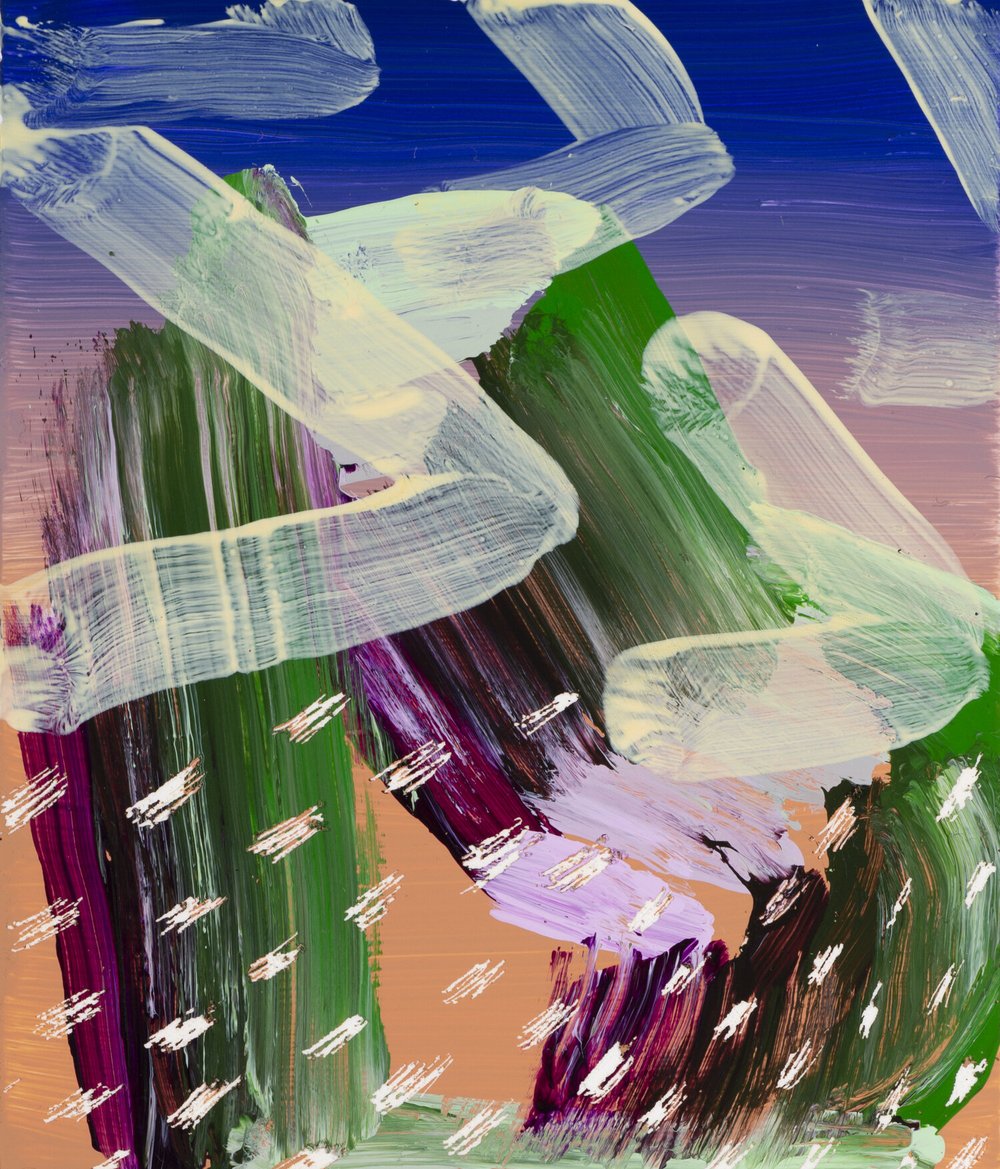 |

Maryam Amirvaghefi (b.1989, Tehran, Iran) received her M.F.A. from the University of Arkansas, Fayetteville, and her B.F.A. from the Sooreh University. Amirvaghefi's works are mixed media medium of painting, video art, and sculpture pieces. Her work has been included in a number of exhibitions, nationally and internationally, such as Contemporary Istanbul Art Fair 2023; Turkey; The Museum of Art in The University of Southern Mississippi's School of Performing and Visual Arts, Hattiesburg MS; CICA Museum; South Korea; Mey Gallery, LA; Studio 200 Gallery, Brooklyn, NY; Bavan Gallery, Iran; Charlotte Street Foundation, Kansas, City, MO; Aaran Gallery, Iran; Gallery 263, Cambridge, MA; Soo Contemporary, Iran; Walton Art Center, Fayetteville, AR; Etemad Gallery, Iran; Jodee Harris Gallery, Greensburg, PA; Delaware State University, Dover, DE, among many others.
Her work has been published in the n+1 Magazine, Dovetail Magazine (issue 2), AL-TIBA Art Magazine, The Magenta Publication, Studio Visit Magazine, and Average Art Magazine.
She is currently working at the University of Arkansas School Of Art as an Assistant Director of Exhibitions and Instructor. In addition to her studio practice, Amirveghefi has curated shows from Iranian and American artists in Tehran. Iran and USA and co-curated exhibitions that feature artists such as Laleh Khorramian, Jordan Nassar, Wafa Bilal, Sheida Soleimani, Yasmine Diaz, and many others.
https://www.maryamamirvaghefi.com
 |
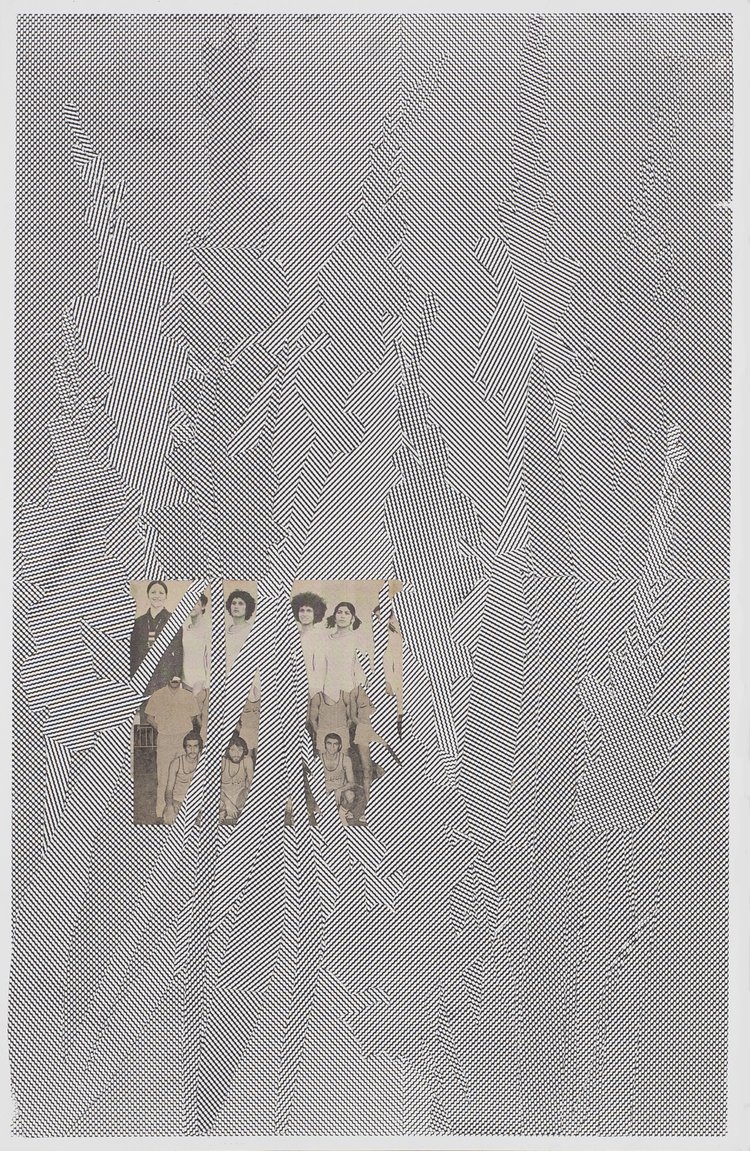 |
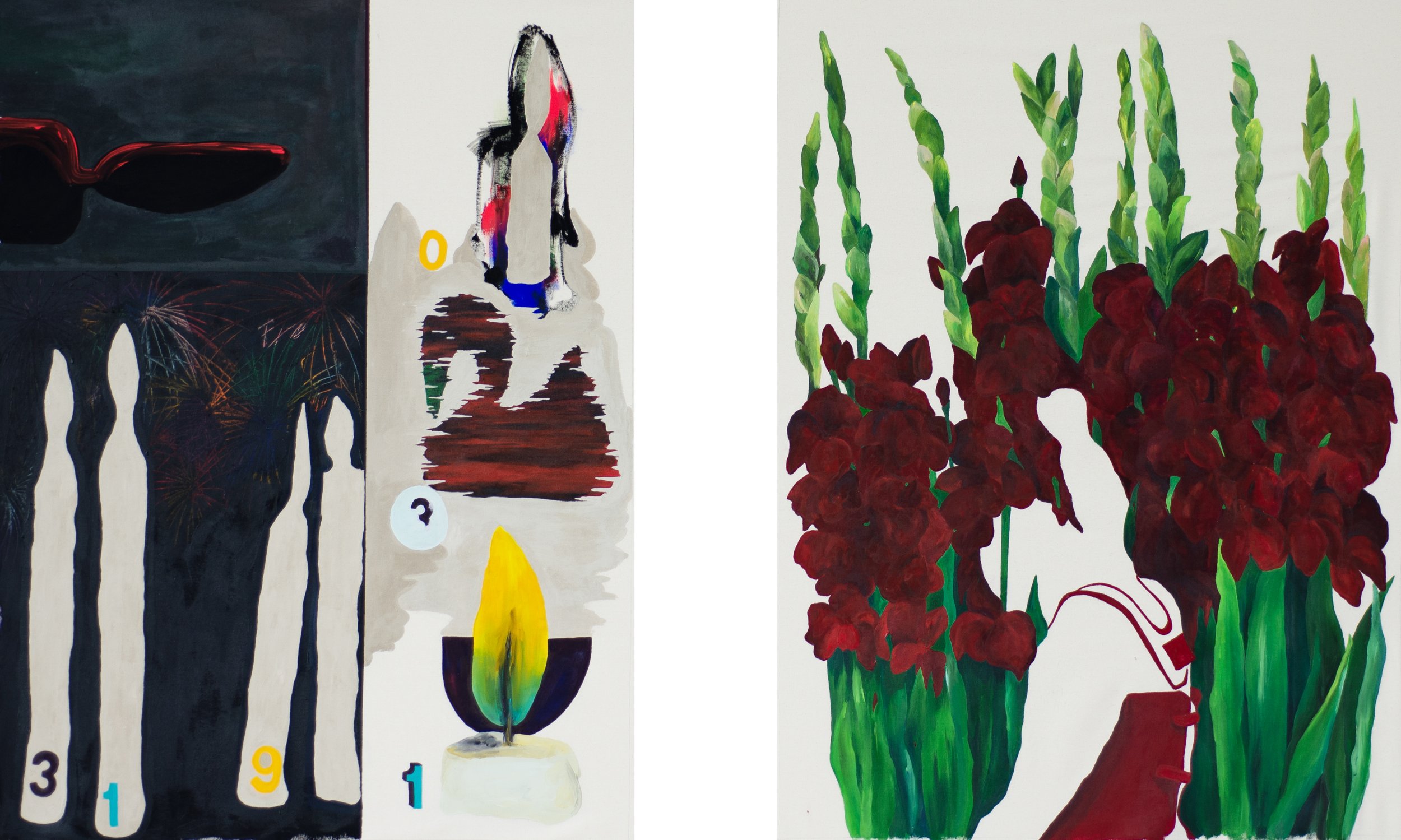 |
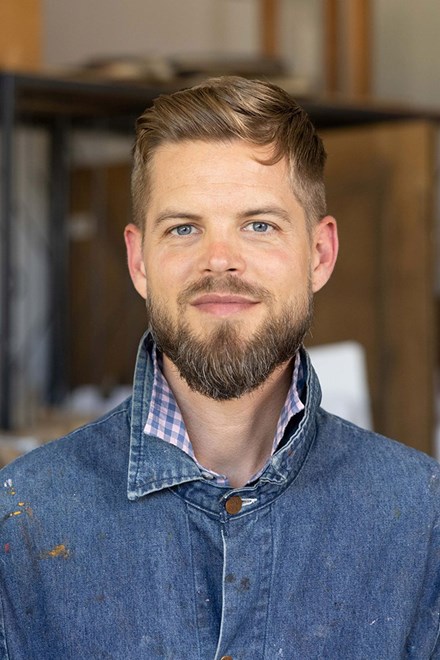
Born in Louisville KY, Neil earned a B.F.A. from Indiana University (2003) and an M.F.A. from Mason Gross School of the Arts at Rutgers University (2006). In 2005 he received a full fellowship to be a resident at Skowhegan School of Painting and Sculpture. After graduate school Neil worked as a painter for the artist Jeff Koons in his New York studio.
In 2007 Neil and family left New York City to pursue careers as artists and academics. This decision has offered a tour of the South with time spent in Louisville KY, Starkville MS, and Tuscaloosa AL. Neil and his wife Adrienne are currently professors of Art and live in a household of makers, dogs, and sheep on and three acres in Fayetteville AR.
Neil has exhibited widely including solo exhibitions at Goose Barnacle (Brooklyn NY), MANIFEST Gallery and Drawing Center (Cincinnati OH), and Elon University (NC). Group exhibitions include The Huntsville Museum of Art (AL), The Mississippi Museum of Art (Jackson), and The New Gallery of Modern Art (Charlotte NC), First Street Gallery (NYC), Washington Art Association (CT) among many others. He has presented on his work and practice at institutes of higher learning including Boston University, UMass Dartmouth, Arkansas State University, and the University of Mississippi. He is a member of ZEUXIS (an association of still life painters based in NYC).
Recent creative endeavors include participation in Art Week (July 2022) at the fabled family home of painter Fairfield Porter on Great Spruce Head Island in Maine.
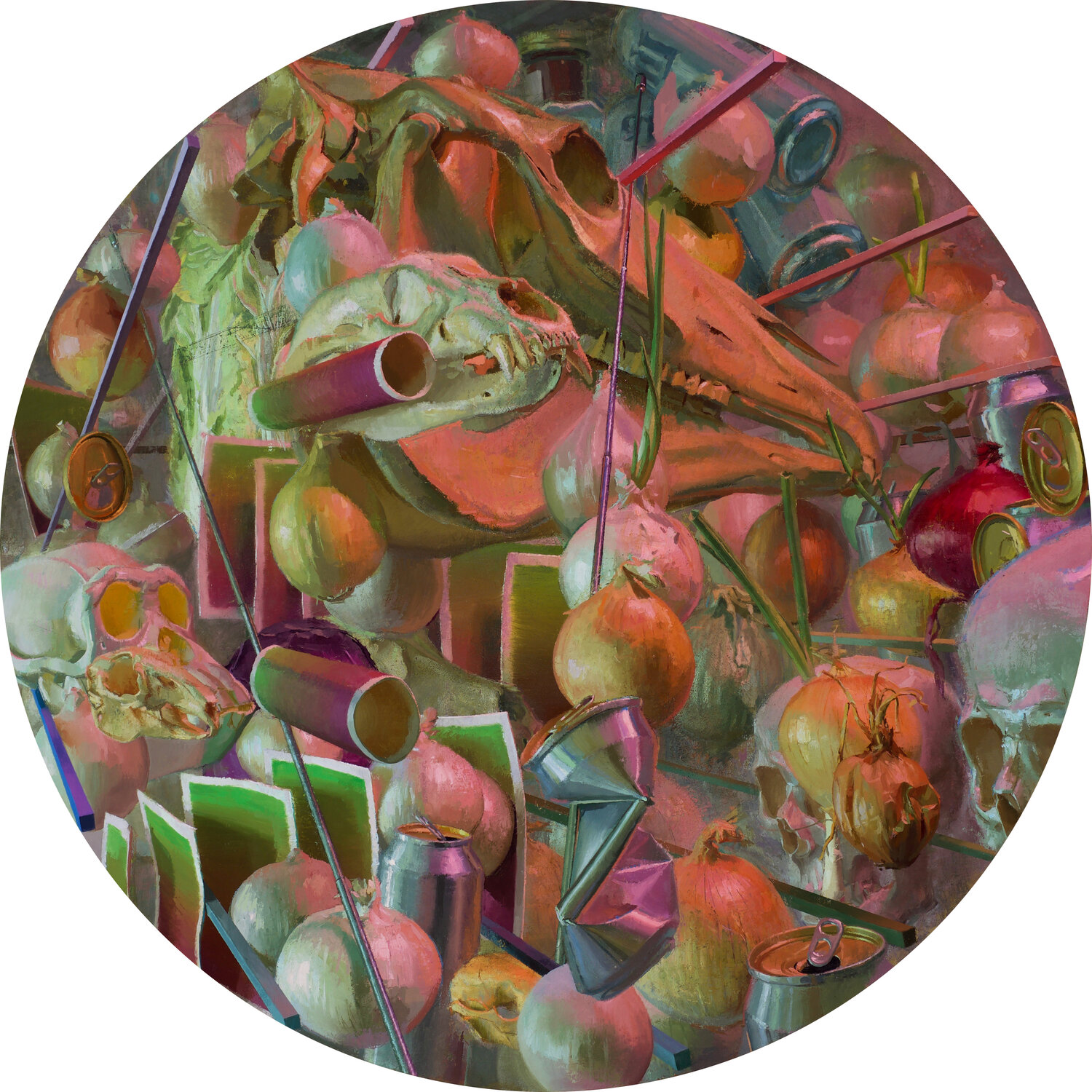 |
 |
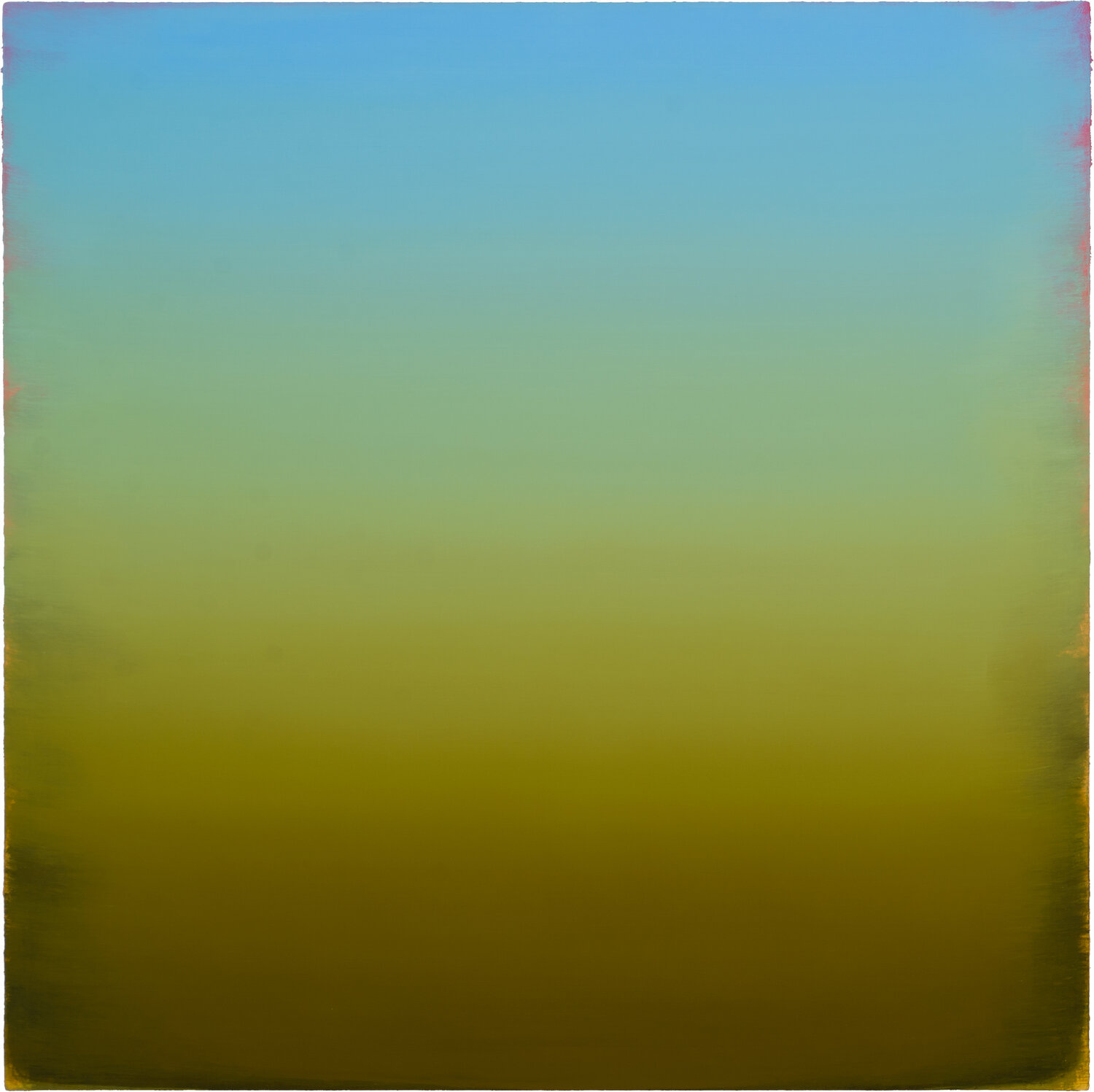 |
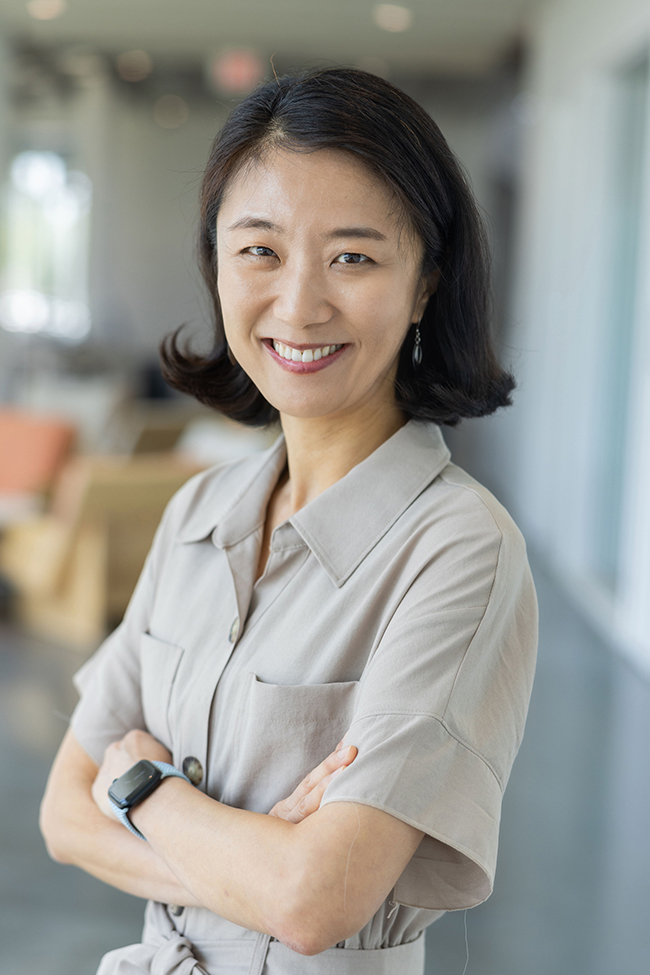
Su A Chae is an artist and educator with a primary focus on painting. Having initially worked in accounting academia in South Korea, she gained insights into the role of accounting in reducing information asymmetry and moral hazards within capitalism. After relocating to the United States and transitioning to a career as an artist, Chae now explores the evolving role of painting in the digital age. Her work delves into asymmetrical balance creating paradoxical spatial relationships and the complexities associated with cultural identity. Chae holds an M.F.A. in Painting from Indiana University and an M.A. and B.A. in Business from Ewha Womans University in South Korea. She completed the Tyler School of Art Summer Painting Intensive.
Chae’s work has been widely exhibited at venues including the Painting Center, Deanna Evans Projects, Ortega y Gasset Projects, Paradise Palace, and 5-50 Gallery in New York, as well as Gross McCleaf Gallery and Icebox Project Space in Philadelphia, the Indianapolis Art Center, and others across the Midwest. Her work has been featured on platforms like Young Space and the Hopper Prize (as a grant finalist), and in publications such as New American Paintings, White Hot Magazine, and I Like Your Work.
Chae has participated in artist residencies at Penland School of Craft, Wassaic Project, Vermont Studio Center, and ACRE. She has served as a juror for the Dairy Barn Arts Center and as a guest lecturer at the University of Connecticut. Her work is collected by Eskenazi Health, Indiana University, and private collectors.
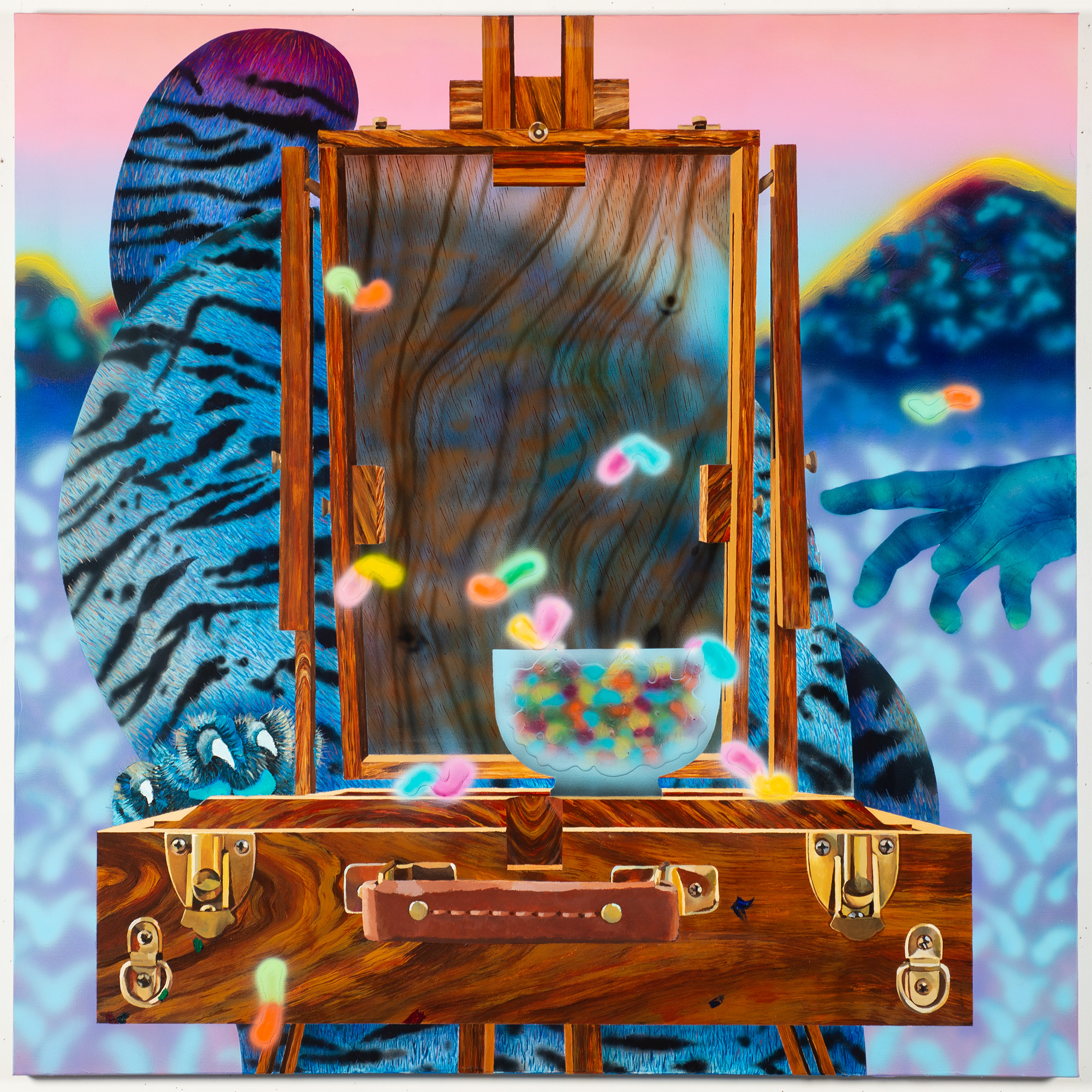 |
 |
 |
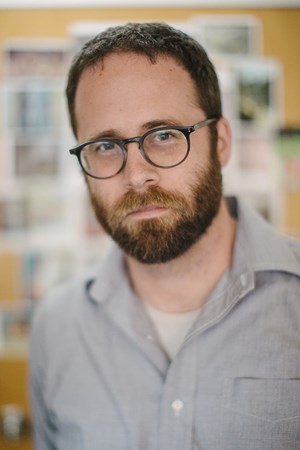
Sam King works at the intersection of painting’s material thresholds and the viewer’s instinct for interpretation to produce visually and sometimes physically disrupted continuities. He has exhibited at The Painting Center, NYC; Unrequited Leisure, Nashville; The Provincial, Kaleva, MI; MANIFEST Gallery, Cincinnati; DRAWL Southern Contemporary Art, Little Rock; Laconia Gallery, Boston, among others, as well as university galleries, including University of North Carolina Greensboro, Western Connecticut State University, Lower Columbia College, and University of Arkansas Fort Smith. King has collaborated with other artists and musicians on a number of occasions, most recently with Brooklyn-based experimental rock quartet JOBS, for the audio-visual release Similar Canvas (Ramp Local #47). In 2020, he was a resident at the Hambidge Center, supported by the Lee and Margaret Echols Fellowship for musicians. In 2019, he curated Shelters, Monuments, featuring the work of artists Whiting Tennis and Sarah Norsworthy, for The Provincial. He was a 2007 recipient of the Arkansas Arts Council’s Individual Artist Fellowship. With Christopher Lowrance, he co-founded MW Capacity, a website devoted primarily to painting in the Midwest. With Stephanie Pierce, he co-founded Lalaland, a DIY community projects space in Fayetteville, AR, active 2011-2019. His work is held in a number of public and private collections. He attended the University of Tulsa (B.F.A., 2003) and Indiana University (M.F.A., 2005). King resides in Fayetteville, AR, where he is Program Director of Foundations at for the University of Arkansas School of Art.
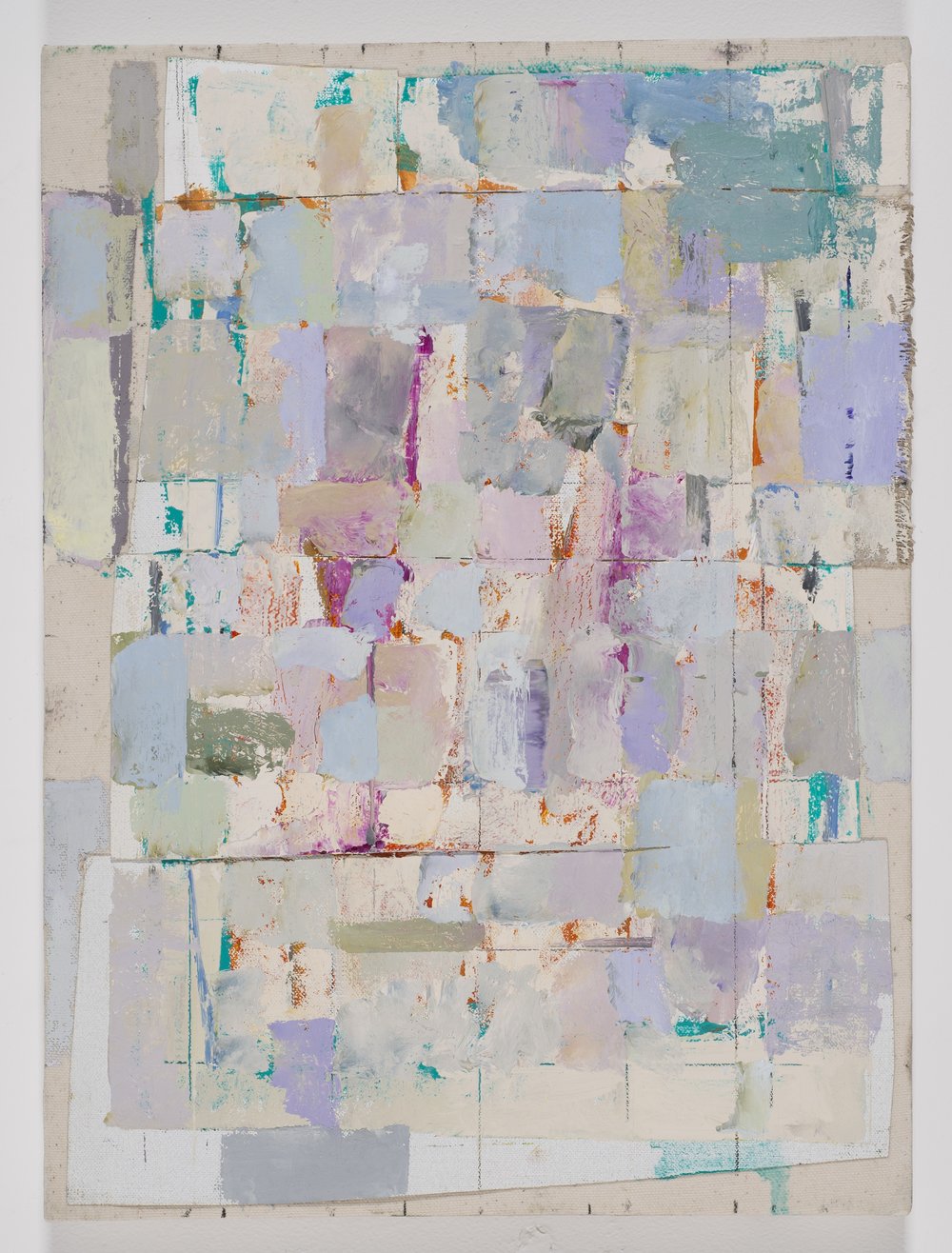 |
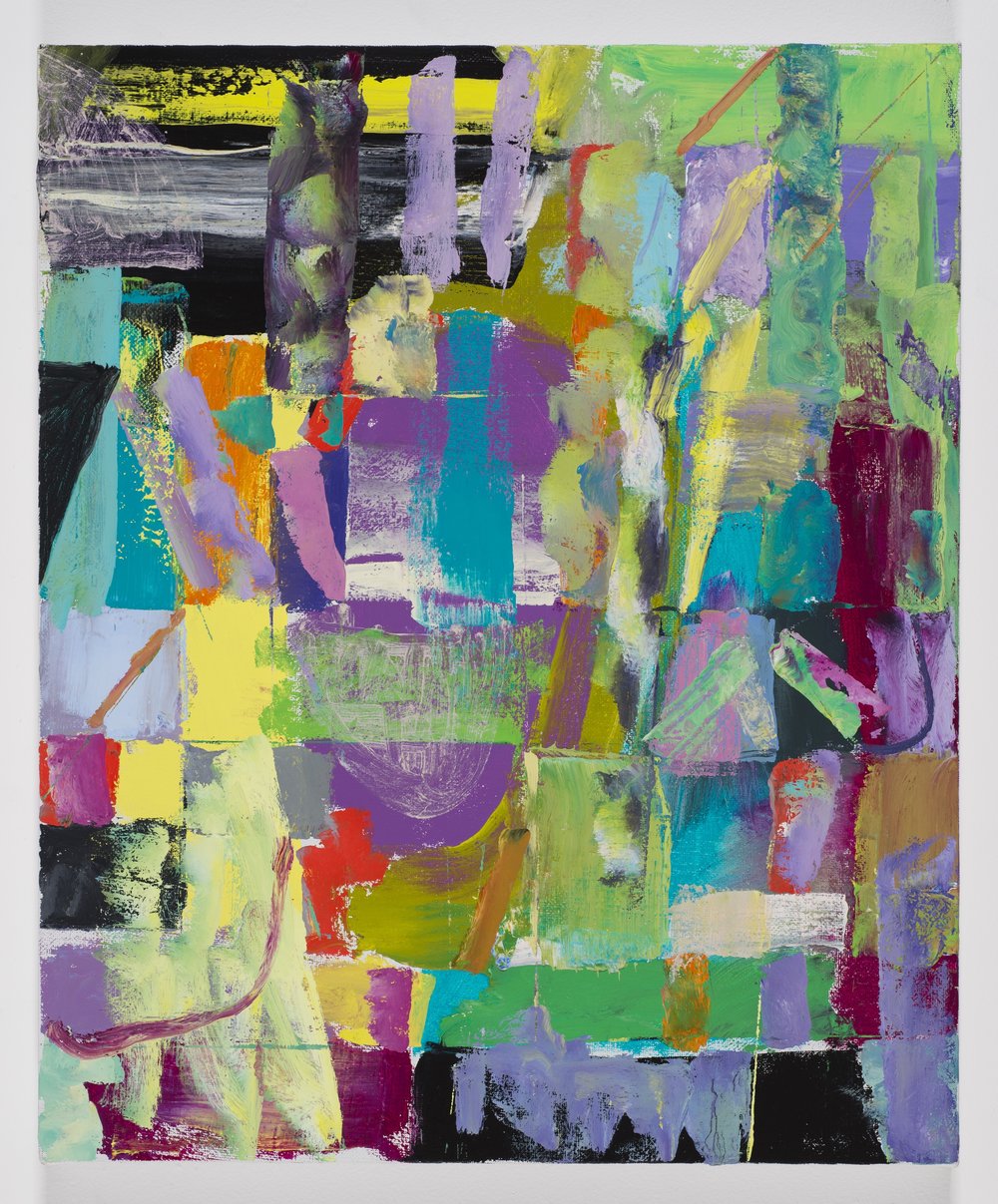 |
 |
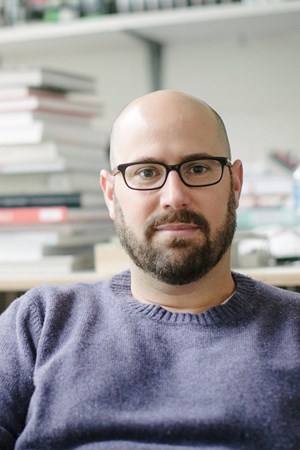
Marc Mitchell is an artist/curator that received a M.F.A from Boston University and a B.S. from the University of Tampa. His work has been featured in solo/two-person exhibitions throughout the United States at institutions such as the University of Wisconsin, Madison; University of Alabama, Tuscaloosa; REDUX Contemporary, Charleston; GRIN Gallery, Providence; and Laconia Gallery, Boston. His work has been reviewed in the Boston Globe and ArtNews, as well as featured in New American Paintings twice (2014 and 2017). Mitchell has been a visiting artist/curator at numerous universities and he's been selected as a visiting resident at residencies such as the Vermont Studio Center and Hambidge Center for the Arts.
Over the past 10 years, Mitchell has been responsible for exhibitions that featured artists such as Josef Albers, Louise Bourgeois, Mark Bradford, Nicole Cherubini, Sam Gilliam, Philip Guston, Trenton Doyle Hancock, Rashid Johnson, Mary Reid Kelley, Allan McCollum, Richard Misrach, Thomas Nozkowski, Sara Greenberger Rafferty, Erin Shirreff, Jessica Stockholder, Hank Willis Thomas, Carrie Mae Weems, Wendy White, Molly Zuckerman-Hartung, and many others.
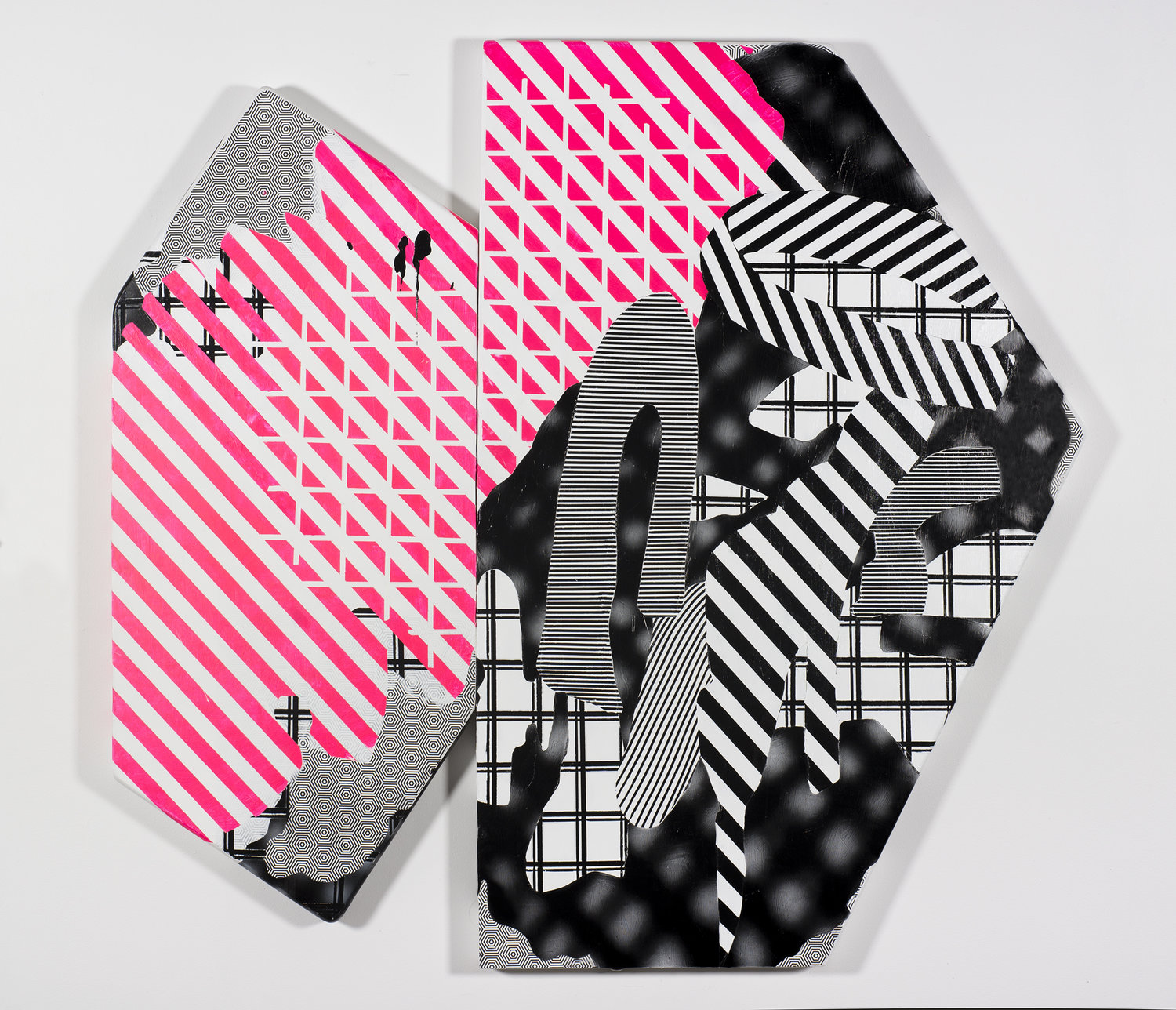 |
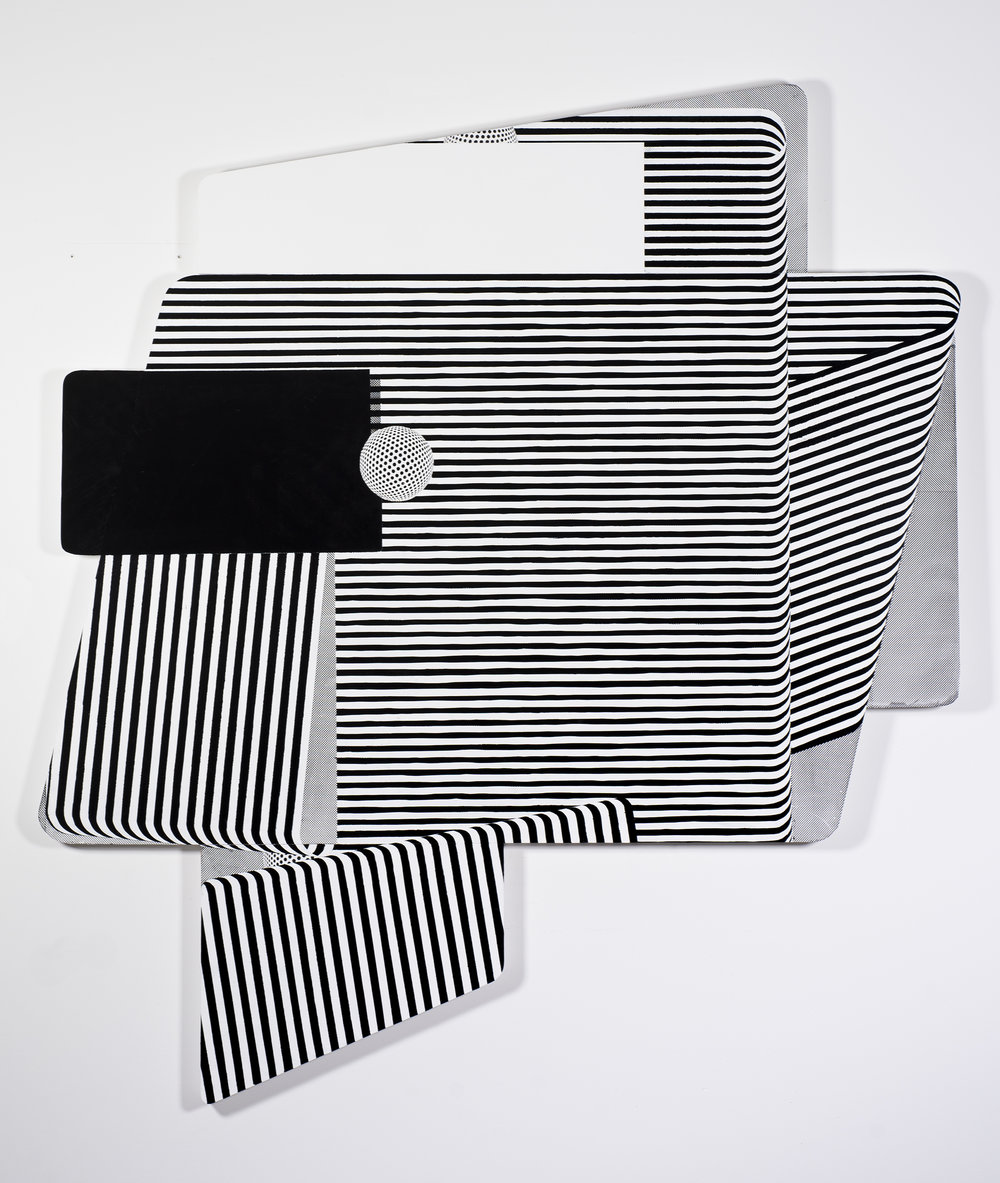 |
 |

Kristin Musgnug was born in Buffalo, New York, and grew up in New Jersey. Her work explores the domesticated American landscape through a re-examination of the Romantic tradition of landscape painting.
Musgnug received a B.A. in Art History from Williams College in Williamstown, Massachusetts and a M.F.A. in painting from Indiana University, Bloomington. Following graduate school, she joined the Core Residency Program at the Houston Museum of Art’s Glassell School. Since 1991 she has been on the faculty of the University of Arkansas, Fayetteville. During 1994-95 she was Artist in Residence at Lucy Cavendish College of Cambridge University, England. She's made painting trips to England, Macedonia, Nova Scotia and numerous parts of the United States, including residencies at the Norton Island Artists Colony, the Hambidge Center for Creative Arts and Sciences, the Ragdale Foundation, and the Dorland Mountain Colony. In 2002 she received an Arkansas Arts Council Individual Artist Fellowship in Painting. Recent exhibitions include solo shows at Kansas State University, Inman Gallery in Houston, and the Galveston Arts Center. Her work is in the collection of the Houston Museum of Fine Arts and was included in the book, Texas: 150 works from the Museum of Fine Arts, Houston. Musgnug’s work is represented by Inman Gallery in Houston, Texas.
 |
 |
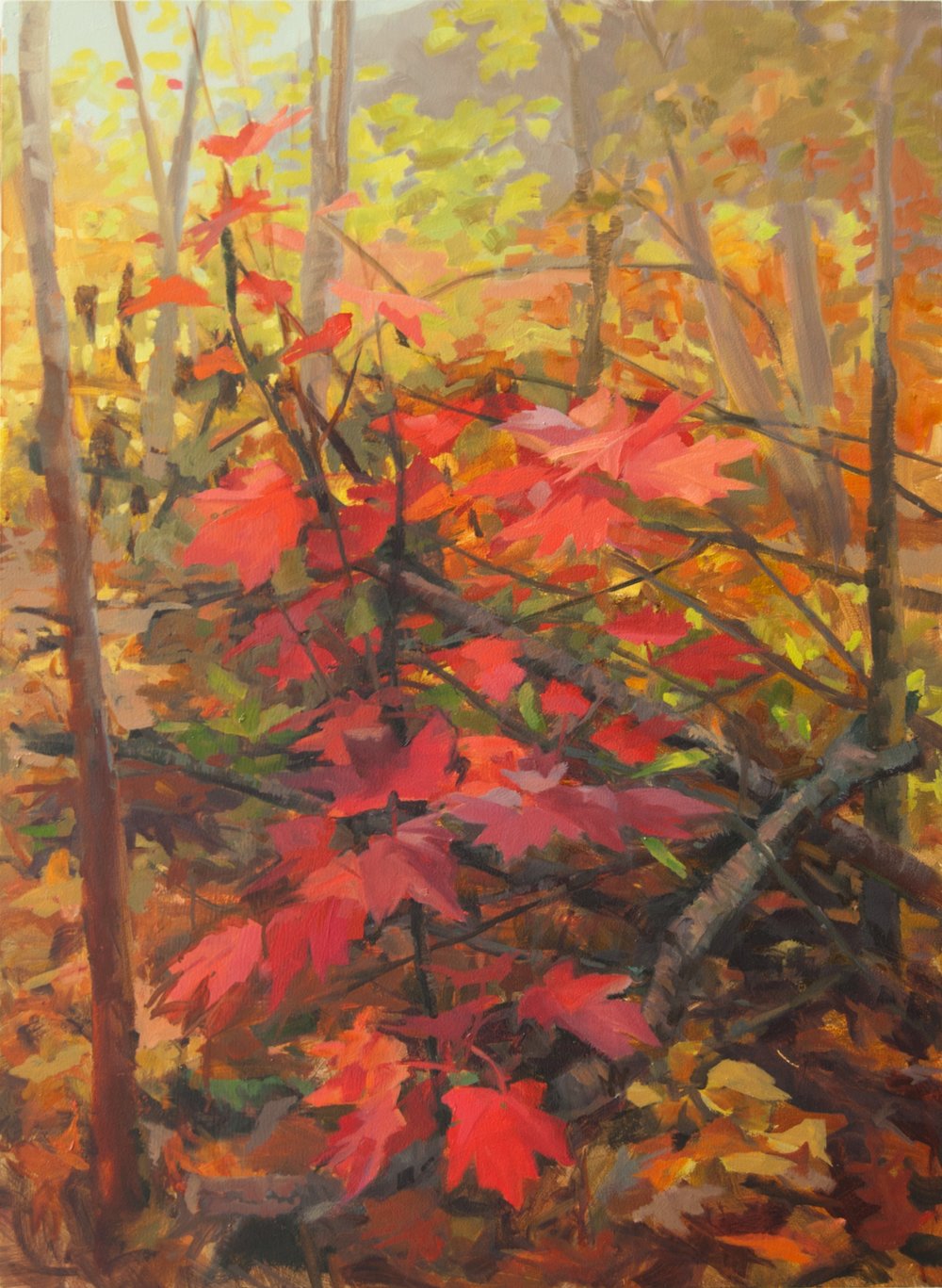 |

Mildred holds a B.F.A. from the School of Hard Knocks and an M.F.A. from the Fayetteville Animal Shelter. She joined the University of Arkansas in Fall 2017 and has won numerous teaching awards for her ability to connect with students. While she often works in the Drawing and Painting studios, Mildred can also be found in throughout the Studio and Design Center.
Mildred often attends SoA events and is known for her gentle encouraging nudges. Cross-appointed between Painting, Drawing and the Gallery, Mildred often wanders the halls looking to befriend students and faculty alike. When not providing useful feedback during classes and critiques, Millie enjoys a good nap and chomping on a bone. She is diligently working on two new projects, "Off Leash" and "Losing Weight", and hopes to debut the work in the Spring.
Visiting Artists
UARK Drawing regularly hosts visiting artists to speak about their work, research and projects with current students. In addition UARK Painting, UARK Gallery and the School of Art invite artists to lecture and engage with our students. Through these lectures, discussions and studio visits students are exposed to a wide variety of conversations occurring in contemporary painting and given opportunities to connect with working professionals in their field.
2024/25
Stephanie Pierce
Scott Wolniak
Marc Handelman (UARK M.F.A. Program)
2023/24
Caleb Weintraub
Mickalene Thomas (School of Art)
Steve Locke (School of Art)
Scott Malbaurn (School of Art)
2022/23
Matt Bollinger (UARK Gallery)
Jurriaan Benschop
2021/22
Caroline Kent (UARK Painting)
Eve Mansdorf (UARK Painting)
Barry Schwabsky (UARK Painting)
Hangama Amiri
Conrad Bakker (UARK Painting)
Josephine Halvorson (UARK Gallery)
Melanie Johnson (UARK Painting)
Komikka Patton
Will Hutnick
Christian Schwarzwald
Jennifer Samet
2020/21
Paolo Arao (UARK Painting)
Meghan Brady (UARK Painting)
Zoey Frank (UARK Painting)
Kathy Liao (UARK Painting)
Caitlin MacBride (UARK Painting)
Emil Robinson (UARK Painting)
Kimberly Trowbridge (UARK Painting)
Peter Van Dyke
Jess Westhafer (UARK Painting)
Karla Wozniak (UARK Painting)
Tauba Auerbach (UARK Gallery)
Douglas Bosley
Jessica Tam
Jonathan Herrera Soto
2019/20
Trudy Benson (UARK Gallery)
Laleh Khorramian (UARK Gallery)
Helen O’Leary (UARK Painting)
Jered Sprecher (UARK Gallery)
John Yau (UARK Painting)
2018/19
Dana Frankfort (UARK Gallery)
Carrie Moyer (UARK Painting)
2017/18
Ken Kewley (Drawing and Painting Association DAPA)
Kendall Carter (UARK Gallery)
Jason Stopa (UARK Gallery)
Jessica Stockholder (UARK Gallery)
Molly Zuckerman-Hartung (UARK Gallery)
2016 and earlier
Katherine Bradford (UARK Gallery)
Brett Baker
Radcliffe Bailey (UARK Gallery)
Gideon Bok
Mel Chin
Lesley Dill
Mark Dion
Craig Drennen (UARK Gallery)
Leonardo Drew
Chie Fueki
Trenton Doyle Hancock (UARK Gallery)
Mary Reid Kelley (UARK Gallery)
Susan Lichtman
Michael Ray Charles
Pete Schulte (UARK Gallery)
Claire Sherman
Whiting Tennis
Rachel Hayes
Kristen Morgin
Emily Gherard
Megan Williamson


